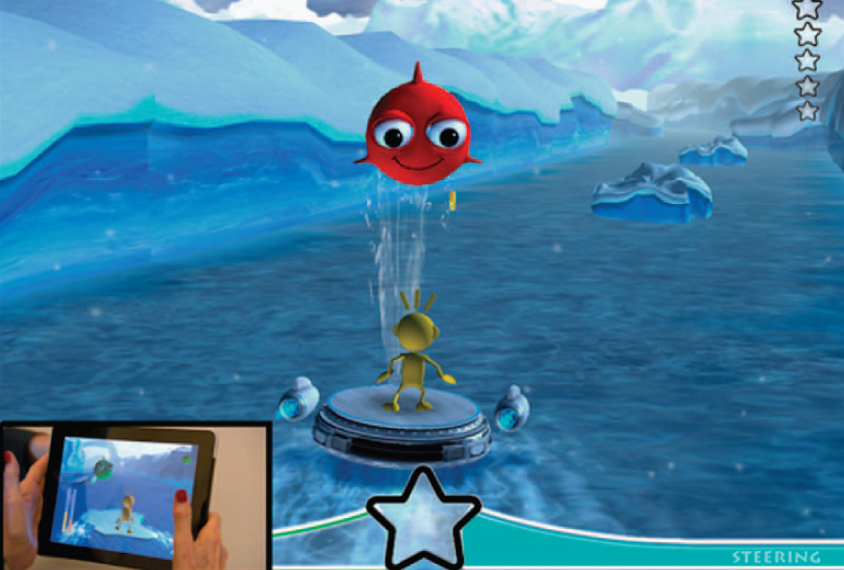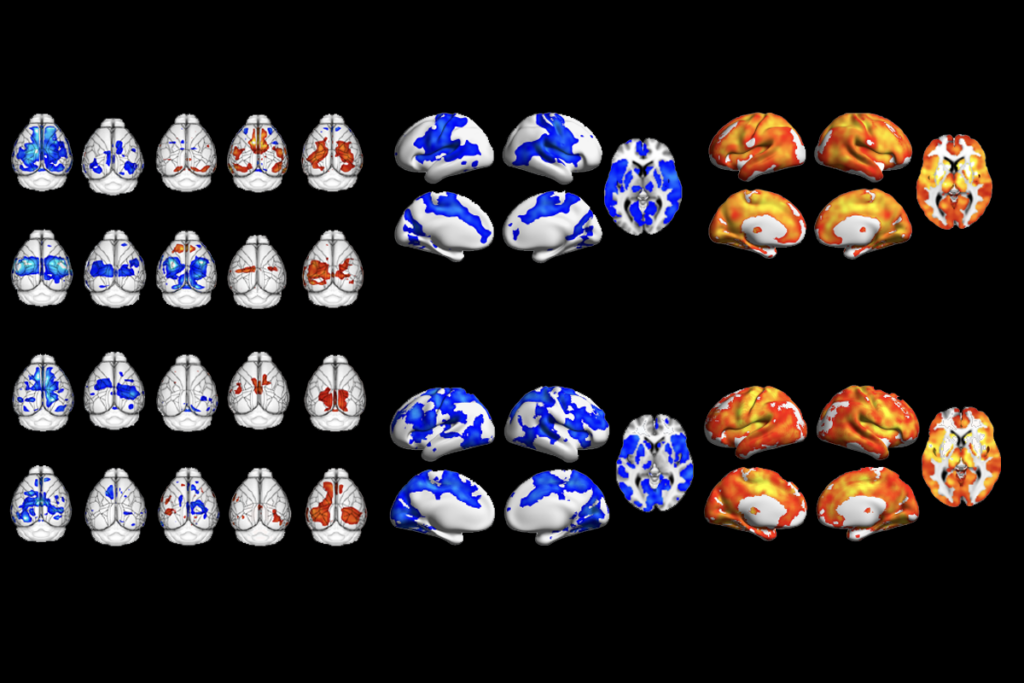
Fish game catches cognitive problems in children
A video game that involves reacting to colored fish can help researchers spot subtle attention problems in children with certain conditions.
A video game that involves reacting to fish of a particular color can help researchers spot subtle attention problems in children with certain conditions1.
Traditional cognitive tests involve answering questions or doing repetitive tasks that tap decision-making, reasoning and focus, among other challenges. These tests are designed for adults. They often do not capture small differences among children, however, because children’s performances may vary by whether and how interested they are in the task.
In the new video game, called Project: EVO, children maneuver a vehicle though the icy roads and waterways of a wintery world. While trying to avoid obstacles such as walls and icebergs, children tap a button whenever they see a target, which may be red, green or blue fish, birds or aliens, depending on the level. These skills are components of ‘selective’ attention, the ability to focus on something in the face of distractors.
The game is adaptive; its difficulty increases along with a player’s performance. At higher levels, the children also have to avoid tapping when they see distracting creatures. Researchers described the game 20 September in Translational Psychiatry.
Variable speeds:
They tested the game in 20 children who carry deletions in the chromosomal region 16p11.2, which is linked to autism, as well as in 16 of the children’s siblings and 75 controls. The children played the game on an iPad, using headphones to minimize outside noise.
Children with 16p11.2 deletions were slower to avoid obstacles than controls and reacted at more variable speeds when they saw a target. The results suggest that these children have problems with selective attention. They also have relatively poor hand-eye coordination.
These differences do not show up on a traditional computerized assessment of attention in which children pick out boxes of a given color amid other boxes.
The findings suggest that making cognitive tests more fun can also make them more sensitive. The researchers are using the video game to gauge attention in children with attention deficit hyperactivity disorder, autism and depression.
References:
- Anguera J.A. et al. Transl. Psychiatry 6, e893 (2016) PubMed
Recommended reading

Expediting clinical trials for profound autism: Q&A with Matthew State

Too much or too little brain synchrony may underlie autism subtypes
Explore more from The Transmitter

This paper changed my life: Shane Liddelow on two papers that upended astrocyte research
Dean Buonomano explores the concept of time in neuroscience and physics

